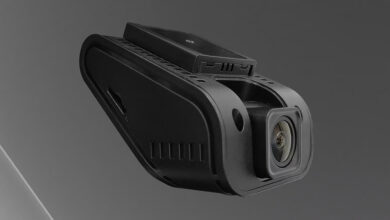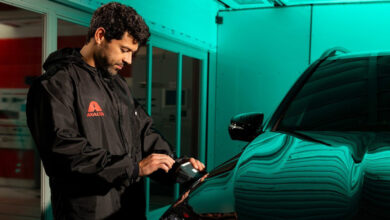A Year After Uber’s Fatal Crash, Robocars Carry on Quietly
In America, 2018 was supposed to be a very big year for self-driving cars. Uber quietly prepped to launch a robo-taxi service. Waymo said riders would be able to catch a driverless ride by year’s end. General Motors’ Cruise said it would start testing in New York City, the country’s traffic chaos capital. Congress was poised to pass legislation that would set broad outlines for federal regulation of the tech.
Instead, one year ago today, an Uber self-driving SUV testing in Arizona struck and killed a woman named Elaine Herzberg as she was crossing the street. The crash derailed much of the optimism surrounding the advent of autonomy, underscoring its potential to do harm. And it ushered in a year during which the greatest promise of the technology-a drastic drop in road deaths-could feel farther away than ever.
Uber stopped testing on public roads for nine months, recalibrated its program, and now only uses one part of a Pittsburgh neighborhood to experiment with self-driving. (Arizona’s governor, who had declared the state’s roads open for testing in 2015, expelled the company after the crash.) Waymo launched its service in Phoenix, but keeps its human safety drivers behind the wheel. GM got mired in regulations and politics and stopped talking about testing in New York. That autonomous vehicle bill languishes in Congress.
And the American people aren’t waiting for the National Transportation Safety Board’s final report on the crash to make up their minds. A recent AAA survey of US adults found 71 percent are afraid to ride in a self-driving vehicle, compared to 63 percent before the crash.
Click to continue reading this article by WIRED.



